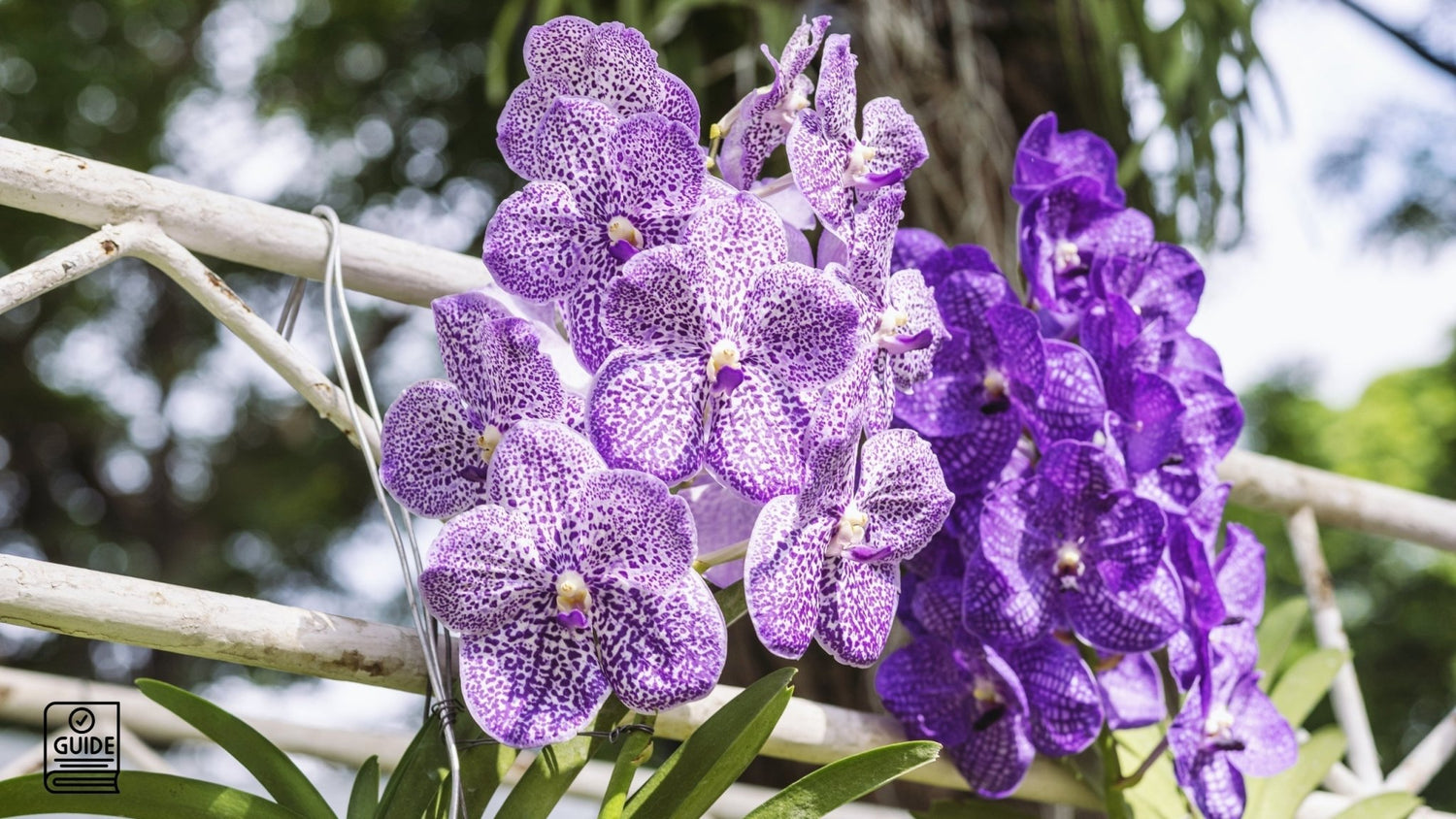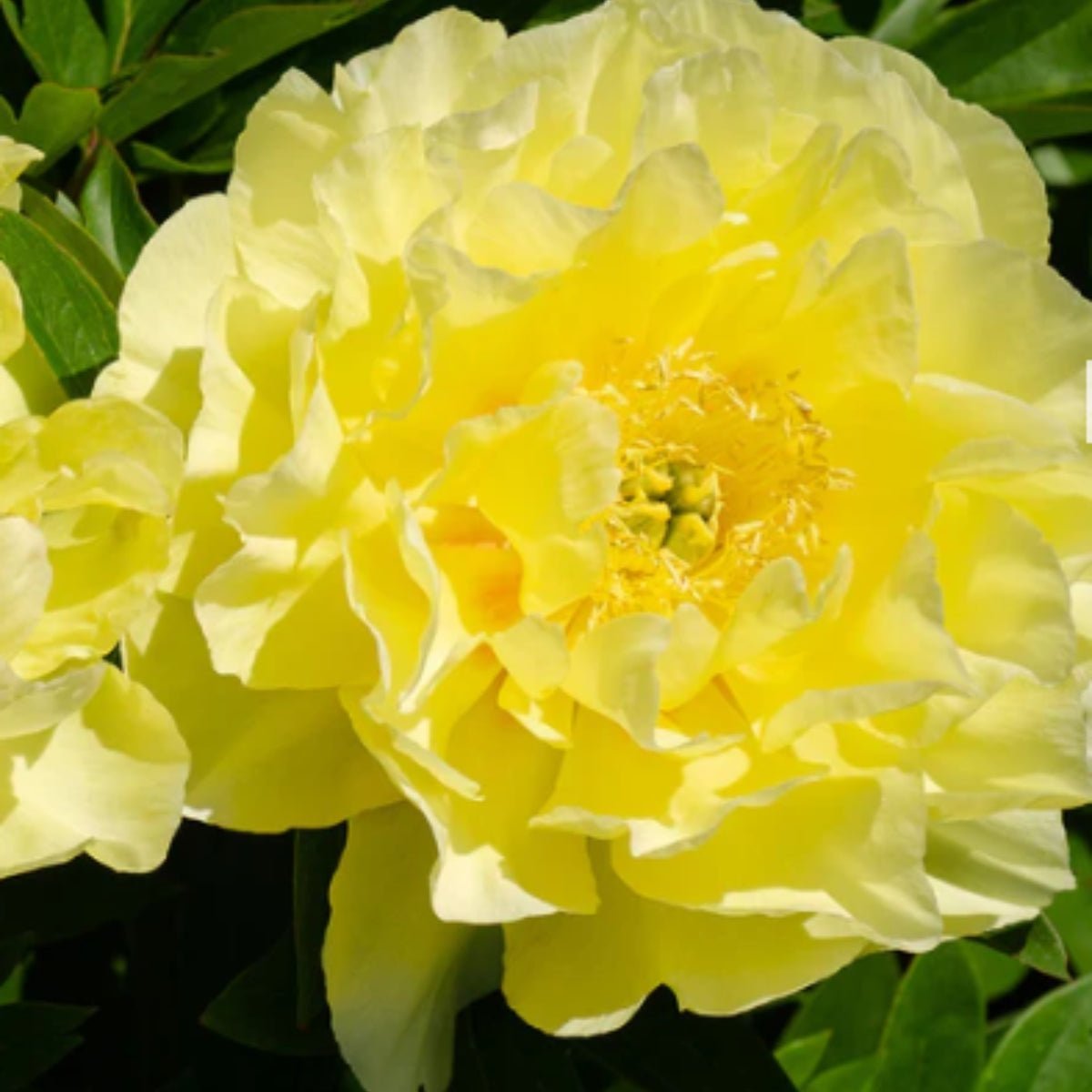Nerines, with their delicate, lily-like blossoms, bring a touch of elegance and vibrant colour to gardens. Native to South Africa, these hardy bulbs have found a second home in Australia, where they thrive in the varied climate. Whether you're an experienced gardener or a novice, this guide will help you grow nerines successfully.
Choosing the Right Nerines
Varieties
There are several stunning varieties of nerines popular in Australia, including:
- Coral Queen: Known for its vibrant coral-pink flowers.
- Jane: Features delicate, soft pink blooms.
- Katherine Anne: Offers striking pink flowers with a hint of white.
- Red Rock: Boasts bright red blooms, adding a dramatic touch.
- Rosea: Displays beautiful rose-pink flowers.
Climate Suitability
Nerines prefer a mild climate. They thrive in areas with warm, dry summers and cool, wet winters. They're particularly well-suited to coastal regions and areas with Mediterranean-like climates.
Planting Nerines
Timing
The best time to plant nerines is in late summer to early autumn. This timing allows the bulbs to establish roots before their active growth phase in autumn and winter.
Location
Nerines thrive in full sun and well-draining soil. Choose a sunny spot with well-draining soil. Nerines love sunlight, and a location that receives at least six hours of direct sunlight daily is ideal.
When planting, ensure their necks are above the soil surface and avoid disturbing them, as this can halt flowering until they resettle. They are frost-tolerant and usually perform better when crowded.
Soil Preparation
Nerines thrive in well-draining soil. To improve drainage, consider adding coarse sand or gravel to the planting area. A slightly acidic to neutral pH (6.0-7.0) is ideal.
Planting Depth and Spacing
Plant the bulbs with their necks just above the soil surface, about 10-15 cm apart. This spacing ensures they have enough room to grow and prevents overcrowding.
Caring for Nerines
Watering
Nerines require minimal watering during their dormant summer period. Begin regular watering in late summer as the plants come out of dormancy and start growing in autumn and winter. During their active growth phase, keep the soil slightly moist but avoid waterlogging.
Fertilizing
Feed your nerines with a balanced, slow-release fertilizer in early autumn as growth begins. Avoid high-nitrogen fertilizers, as they can promote foliage growth at the expense of flowers.
Mulching
Apply a light mulch around the plants to conserve moisture and keep the roots cool during the hotter months. Avoid heavy mulching, as it can retain too much moisture and cause rot.
Troubleshooting Common Issues
Pests and Diseases
Nerines are relatively pest-resistant, but they can occasionally fall prey to:
- Slugs and Snails: These can be controlled with organic slug pellets or barriers.
- Aphids: Spray with a mild soap solution to keep these pests at bay.
Diseases are rare but can include bulb rot, often caused by overwatering or poor drainage. Ensure your soil drains well and reduce watering during the dormant period.
Poor Flowering
If your nerines are not flowering well, consider the following:
- Ensure they are getting enough sunlight.
- Check the soil pH and adjust if necessary.
- Avoid excessive nitrogen fertilizers.
Propagating Nerines
Nerines can be propagated through bulb offsets. Here's how:
- Dig Up Bulbs: Carefully dig up the bulbs after the foliage has died back.
- Separate Offsets: Gently separate the smaller offset bulbs from the main bulb.
- Replant: Replant the offsets in a prepared bed or pots, following the same planting instructions.
Seasonal Care Tips
Autumn
- Plant new bulbs and start regular watering as growth begins.
- Apply a balanced fertilizer to support growth.
Winter
- Continue regular watering but avoid overwatering.
- Protect from frost by covering with a light mulch or fleece.
Spring
- Maintain consistent watering and feed again if necessary.
- Deadhead spent flowers to encourage more blooms.
Summer
- Reduce watering as the plants enter dormancy.
- Keep the soil relatively dry to prevent bulb rot.
Wrapping Up
Growing nerines in Australia can be a rewarding experience. With their stunning blooms and relatively low maintenance needs, these plants can add a burst of colour to your garden. By following the tips and advice in this guide, you'll be well on your way to enjoying beautiful nerine flowers year after year.
FAQs
Q: Can nerines be grown in pots? A: Yes, nerines can be grown in pots. Ensure the pots have good drainage and use a well-draining potting mix.
Q: How long do nerine flowers last? A: Nerine flowers typically last for about 3-4 weeks, depending on the weather conditions.
Q: Can I leave nerine bulbs in the ground year-round? A: Yes, in most Australian climates, nerine bulbs can be left in the ground year-round. Just ensure they are in well-draining soil to prevent rot.






1 comment
Deseo comprar para Murcia, España